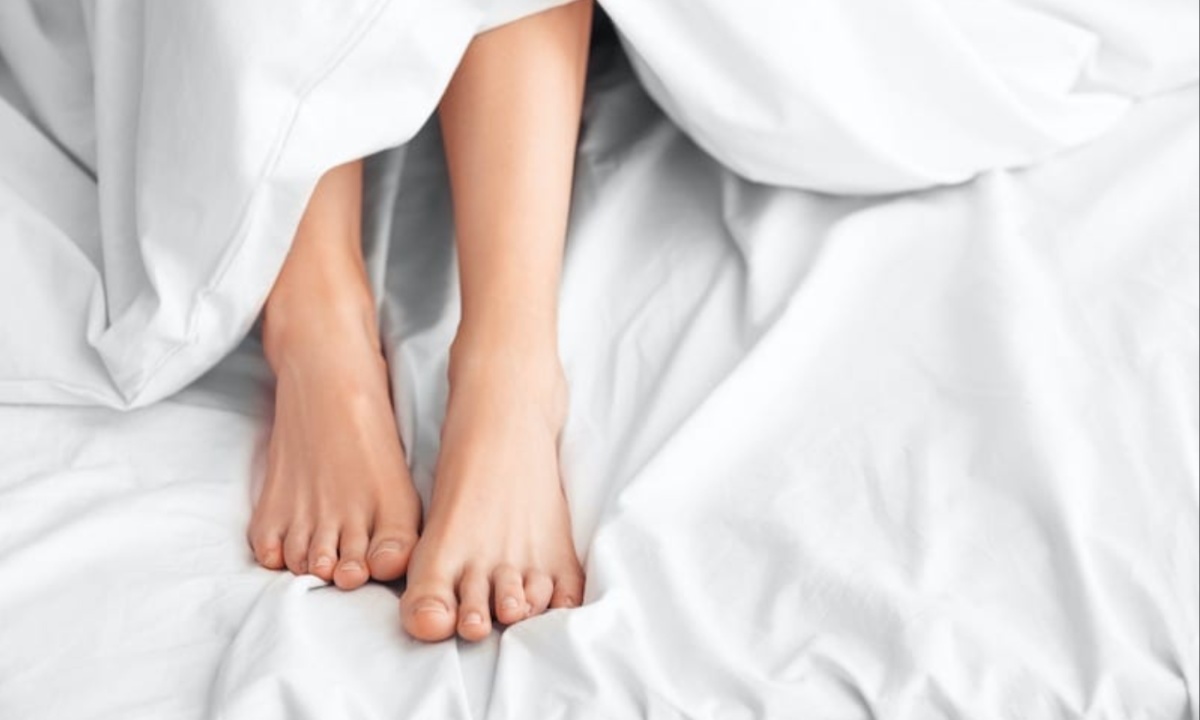Sleepless nights can stem from various factors, including racing thoughts, caffeine consumption, and overstimulation from devices. However, for individuals with Restless Legs Syndrome (RLS), achieving quality sleep can be particularly challenging. RLS is a neurological disorder characterized by an overwhelming urge to move the legs, often accompanied by uncomfortable sensations such as tingling, pain, or numbness. These symptoms can significantly disrupt sleep and overall rest.
The discomfort associated with RLS typically manifests in the evening or at night when individuals are sitting or lying down, but it can also occur during prolonged periods of inactivity, such as during long car or plane rides.
Dr. Beth Oller, a family physician, highlights that this condition interferes with the ability to rest, making it difficult for those affected to find relief during nighttime hours. According to estimates, RLS affects about 7% to 10% of the U.S. population, with a higher prevalence among women and a greater risk as individuals age.
RLS can be classified into two types: early-onset and late-onset. Early-onset RLS is diagnosed before the age of 45 and often runs in families, progressing slowly over time. Conversely, late-onset RLS begins after age 45 and tends to progress more quickly.

The primary symptom is an uncomfortable sensation in the legs, frequently described as tingling, itching, or aching, which worsens when at rest. These sensations are usually most intense in the calf area, prompting the urge to move the legs for temporary relief.
While the exact cause of RLS remains unclear, genetic factors may play a role, as the condition often runs in families. Certain medications and lifestyle factors, such as high caffeine and alcohol consumption, can also exacerbate symptoms. Dr. Mike Sevilla notes that individual triggers like stress and nicotine can worsen RLS for some patients. Although RLS cannot be prevented, the severity of symptoms can vary widely among individuals.
While there is no cure for RLS, there are various approaches to alleviate symptoms. The first step is to check for and address any iron deficiencies, which can contribute to the condition. Dr. Oller recommends lifestyle modifications, such as engaging in moderate exercise and maintaining a consistent sleep schedule, while avoiding heavy exercise before bedtime.
Stretching leg muscles in the evening and soaking in warm baths may also provide relief. If these strategies prove ineffective, medications that increase dopamine levels in the legs, such as pramipexole or ropinirole, can be prescribed. Anyone experiencing persistent RLS symptoms that disrupt sleep should consult a healthcare professional for guidance.
